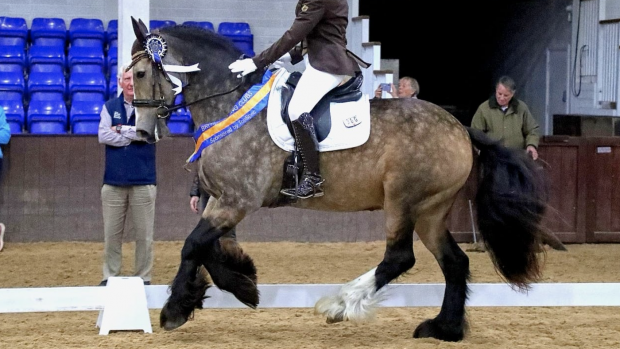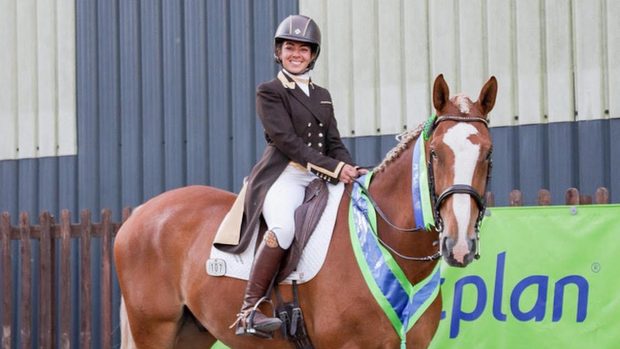Horse sport’s governing body is to analyse the way freestyle dressage is judged, in a bid to increase its objectivity.
The FEI, which plans to run a test event later this year, will discuss the idea at its annual sports forum in Switzerland next month.
FEI dressage and para dressage director Trond Asmyr told H&H that “freestyle is in higher need of a review”.
“The artistic element makes the judging criteria more difficult to define,” said Mr Asmyr. “The FEI has a very good experience testing new improved procedures before changes are introduced.”
The FEI would not be drawn on any specific spur for the test event. But there were cries of “subjectivity” after last year’s Olympic freestyle, when home favourite Charlotte Dujardin edged out the Dutch rider Adelinde Cornelissen, despite a blip towards the end of Valegro’s test.
International Dressage Riders’ Club (IDRC) secretary Wayne Channon said that some “evolution is absolutely necessary” in order to reduce the potential for personal preference.
“We need a [proposed] ‘defined catalogue of difficulties’ as, currently, we can have Olympic champions winning with quite a simple test,” he said.
“The technical side is already difficult enough to judge accurately, but the artistic side is almost a guess because the guidelines are not specific enough.
“And even if the execution is absolutely brilliant, if it’s not actually a very hard test for a 12-year-old grand prix horse, there needs to be an agreed standard of difficulty.”
Mr Channon is calling for a “code of deductions“, so that when a rider attempts a certain movement, errors will be docked according to the degree of difficulty of that movement — as in diving or ice skating, other sports that are subject to a judge’s opinion.
The test competitions will be judged by a ground jury, using the new format, and a control group — using the old format — to allow comparison. Around 20 horses and five judges are expected to be involved.
This news story was first published in Horse & Hound magazine (28 March 2013)



